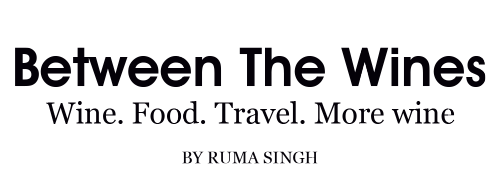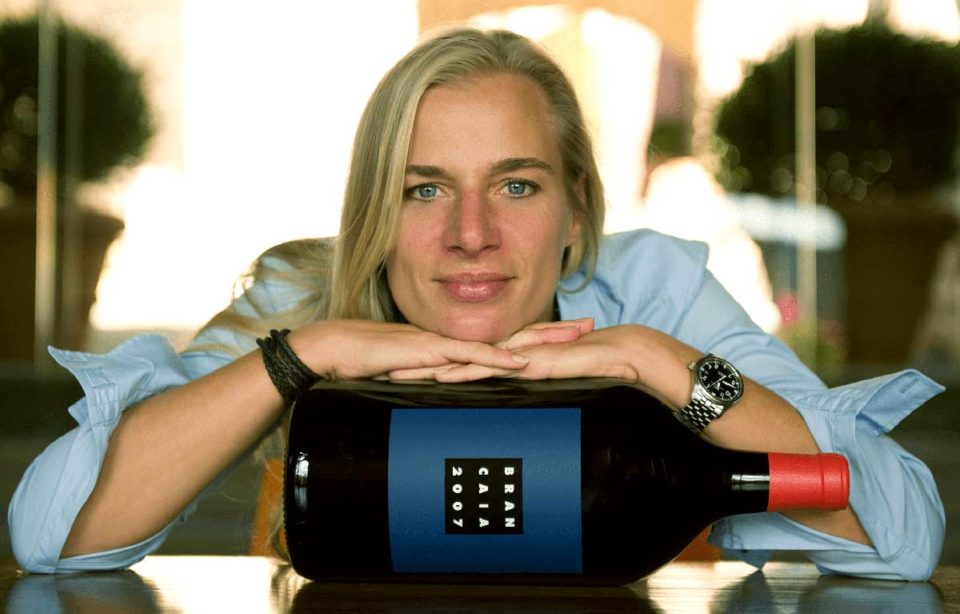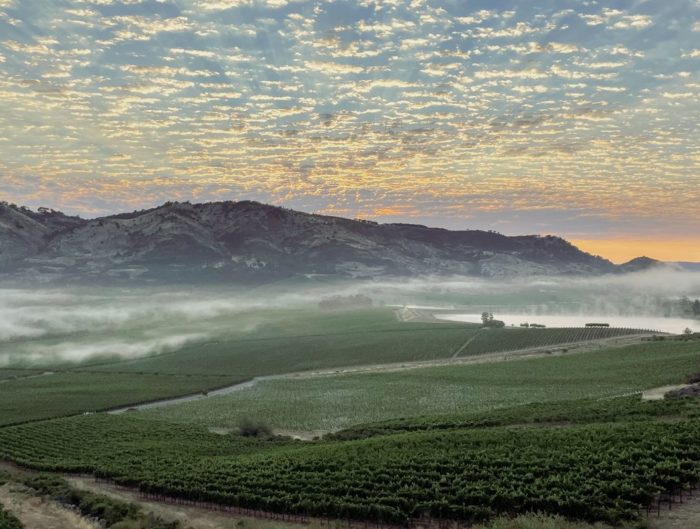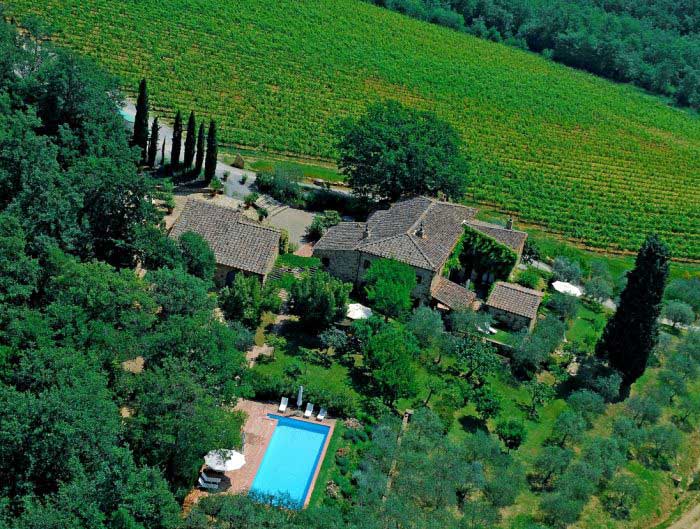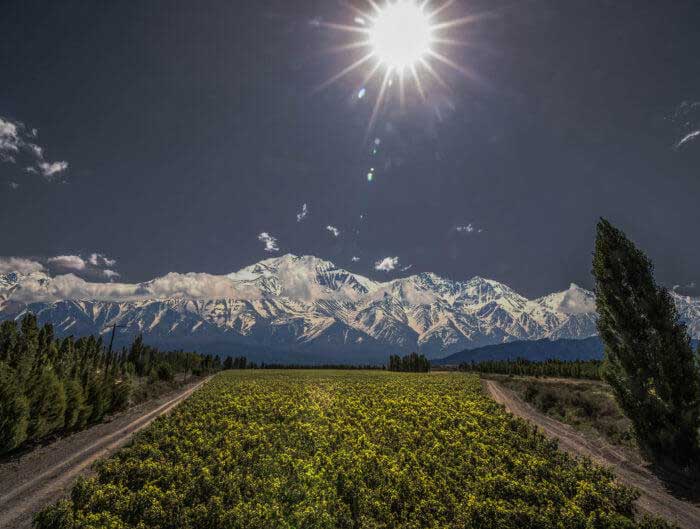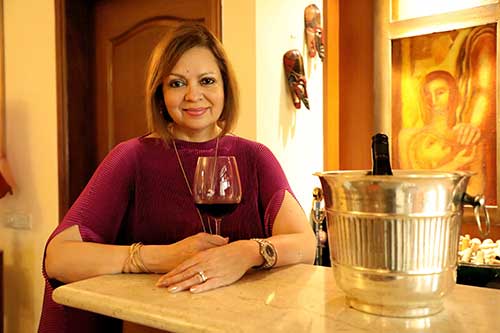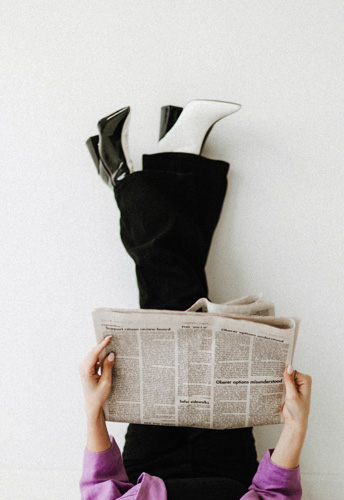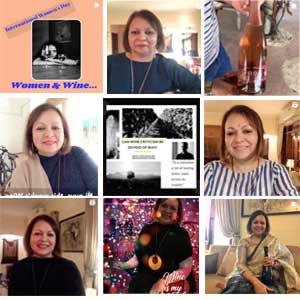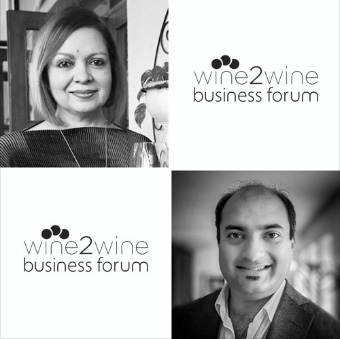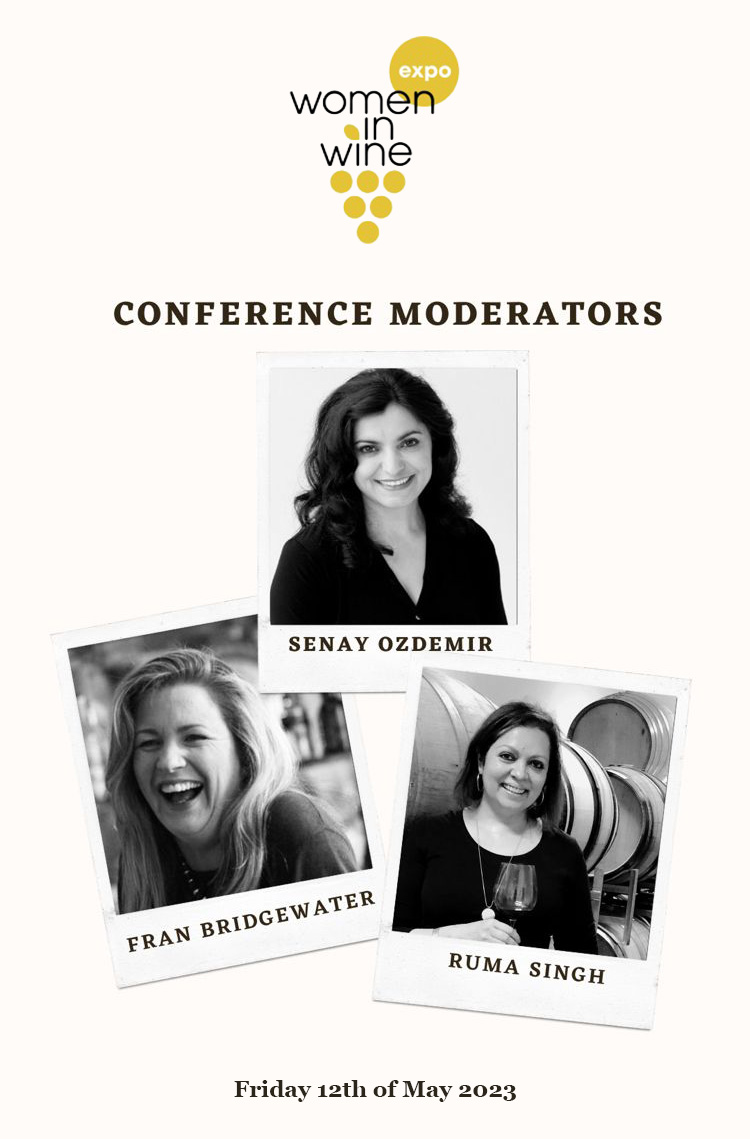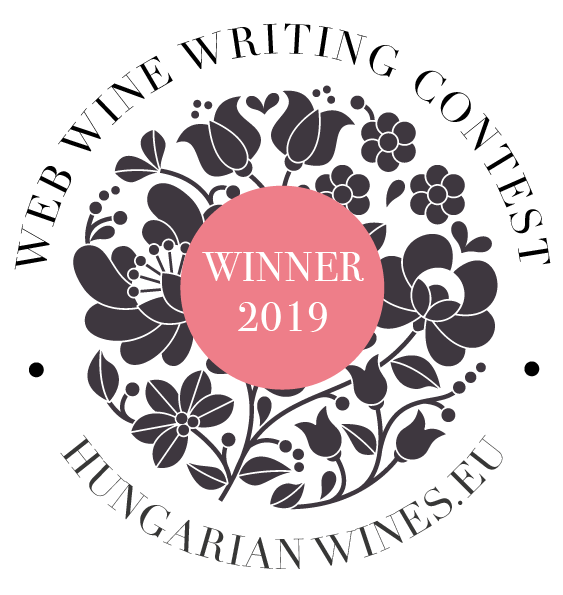Tuscany has seen changes in its wine scape in the last few decades, a dramatic surge in quality, innovation, and reinvention. Brancaia is a Tuscan star celebrating its 40th anniversary this year. Owner Barbara Widmer walks us through the quality revolution in the region, the growth of her winery and takes a look at a post-COVID future in the first of a two-part interview
Ten years ago, on a road trip in Italy’s stunning Tuscany wine region, we stopped by to visit the Brancaia estate.
It was instantly possible to fall in love – with the lush green vineyards surrounding their winery in the heartland of Chianti Classico; with the wines tasted on the sprawling terraces overlooking the estate. I remember writing excitedly to Brancaia’s India importer, Wine Park, “Vishal, I revisited my old favourites, Ilatraia, Tre and of course Il Blu, and I was especially struck by their Chianti Classico Riserva – absolutely wonderful…among the best I have tasted in Italy!”
Today all the wines are available in India for wine lovers, including the recently-added Chianti Classico Riserva. (See details below)
In another milestone, Brancaia is celebrating its 40th anniversary in 2021. And how it has grown! Not just in the size of its portfolio and the range of its distribution, but its expertise in creating award-winning wines and its focus on sustainability. The one thing that hasn’t changed is its ownership: the Widmer name still owns the winery the family bought in 1981. Its distinctive labels remain the same – standing out from others on crowded shelves with their bright colours and clean, eye-catching design.
But first, a little understanding about how a Swiss family made Tuscany their home:
History: It was 1981 when Swiss natives Bruno and Brigitte Widmer fell in love with the abandoned winery Brancaia (Castellina in Chianti) and purchased it. The estate included a house in need of substantial repairs and approximately 20 acres of land – about 5 of them were traditional Chianti Classico vineyards.
Modernisation: With initial help from the Mazzei family (Fonterutoli), Brancaia quickly became a modern winery and was a success almost immediately. As early as 1983, or just two years after its founding, Brancaia finished in first place at a large Chianti Classico wine tasting and soon found international recognition.
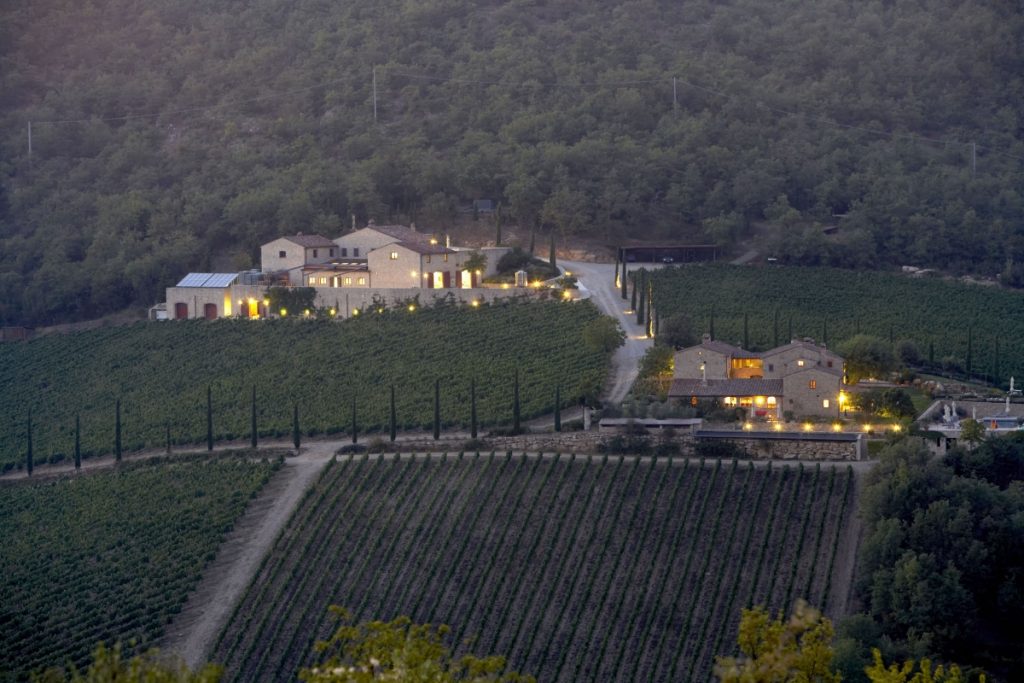
This led to an expansion: in 1989 the second winery, Poppi (Radda in Chianti), was acquired. On the 55 hectares of land, everything had to be redone, including basics like the installation of electricity and running water.
Unique: Brancaia quickly developed a very modern and unique profile. With the vintage of 1988, Brancaia pressed, for the first time its top wine Brancaia IL BLU, a blend of Sangiovese with Merlot and Cabernet Sauvignon.
Brancaia did not only want to set new standards with the wines, but also with its overall appearance. Thus, in the advertising agency Advico, led by Bruno Widmer in Zurich, the timeless, modern Brancaia IL BLU label was created by art director Dieter Hofmann. The Brancaia IL BLU label became the epitome of Brancaia in the following years and has been consistently integrated into all Brancaia products.
I reconnected with Barbara Widmer to look back a little before looking ahead, and here are excerpts from the interview.
Congratulations, Barbara. You will be completing 40 years of Brancaia in 2021, and it is 30 years since the creation of your flagship wine, Il Blu. What changes have you seen in the last 4 decades since your parents bought the winery?
The passion and respect for this beautiful region have never changed, as well as the focus never to compromise on quality. Besides that, of course, many things have changed in these 40 years. The seven hectares of vineyards are now 80 hectares. From producing one red wine we have developed a portfolio of nine wines, which are exported in about 40 countries worldwide. In different words, what began as a hobby has developed over the last 40 years into one of the top wineries in Tuscany.
Super Tuscans versus Sangiovese… you produce both. How are both positioned in the international market today? Who are the typical drinkers/buyers of these wines? (Since Chianti is seeing a great quality improvement too)
The question is probably more Super Tuscans versus Chianti Classico. There is, for example, Cepparello, which is a 100% Sangiovese and a Super Tuscan. I think that they are both an essential part of Tuscan wine history. The success of the Supertuscan’s in the ’80s and ’90s forced the Consorzio to adapt their rules.
Thanks to these changes, the quality of the Chianti Classico wines has never been as high as today. The diversity and complexity is fantastic. A conclusion could be that we don’t need the Super Tuscan anymore. Not for us. Both are part of what we did in the last 40 years. For both wine types, we see space for further evolution. Wines of the highest quality are not just in or out; it takes ages to express themselves at their best.
During a recent webinar you explained the many sustainable practices Brancaia is adopting from reducing bottle weight to selection massale and use of ambient yeast, a push towards biodynamics. What direct benefits are you seeing with these changes, despite the higher costs attached to them?
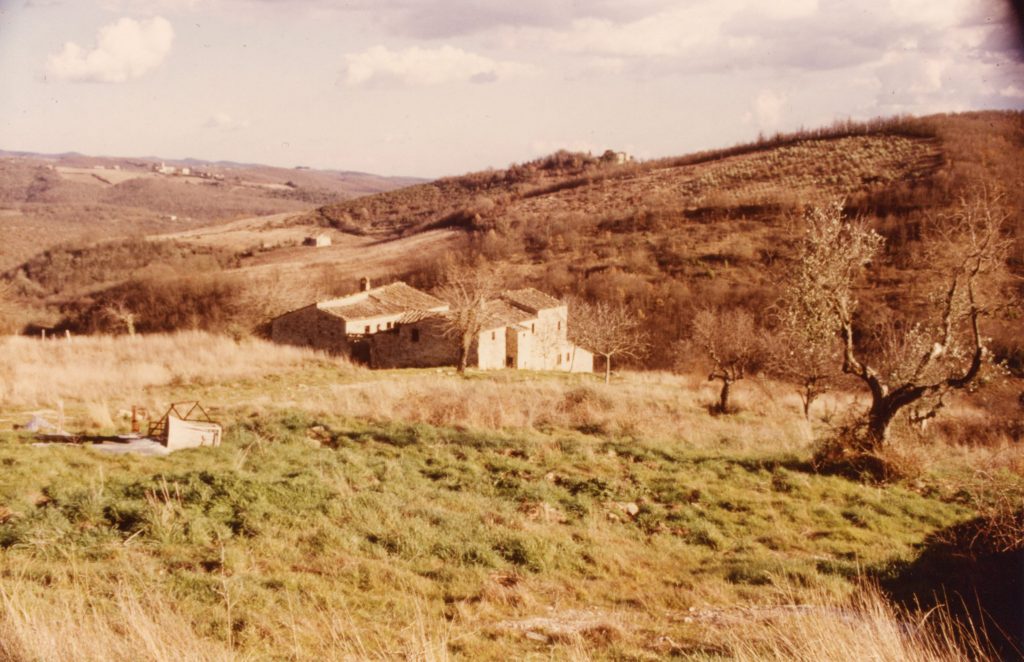
We are not yet biodynamic today, but this is a goal we want to reach within the next ten years. We are “just” organic.
Regarding sustainability, there are two ways to look at it: As a mother and a environmentally conscious person who wants to do the right things for our nature. The other view is as a winemaker, who wants to produce high quality grapes with the maximal expression of its terroir.
This is one of the most important and beautiful insights I’ve gained over the years: organic viticulture and uncompromising quality are 100% compatible.
You had also explained about Maremma, the ‘lesser region’ compared to Chianti Classico, now an area producing excellent wines. Can you describe Maremma and why you have chosen to cultivate grapes there? (Just to help readers understand differences between Maremma, Bolgheri and Chianti).
Historically the Chianti Classico region, which is situated in the countryside from Tuscany, has been known as a wine region for many hundred years. In comparison to that Maremma and Bolgheri, both at the Tuscan coast were traditionally not wine regions. Bolgheri, more northerly, with relatively rich soils, was known for its vegetables and fruits. The Maremma (at the south coast), with its rather poor soil, was known for the cultivation of grain. Since 1970 Bolgheri, also thanks to the wine Sassicaia, has become well known for its wines.
In mid-90s, my family decided to purchase some more vineyards. Convinced that we should remain in Tuscany they were curious to learn more about other regions. When we arrived in the Maremma we immediately fell in love with the region. It is not news that a vine, when it suffers, produces the best fruit with a strong link to its terroir, precisely what we are looking for.
In 1998, we purchased 80 hectares of land, only 10km from the sea with a beautiful view of the island of Elba. The two locations, Maremma and Chianti, which are only 100 km apart, allow us to produce very different wines with the same focus on quality. For a winemaker who loves to be close to the vineyards and the cellar, this is the perfect setup.
Look out for Part 2 of the Brancaia anniversary interview with Barbara Widmer coming soon
Brancaia wines are available in India on https://www.thewinepark.com and at select retailers across the country, from Rs 3000 onwards. Check with your retailer for pricing.
